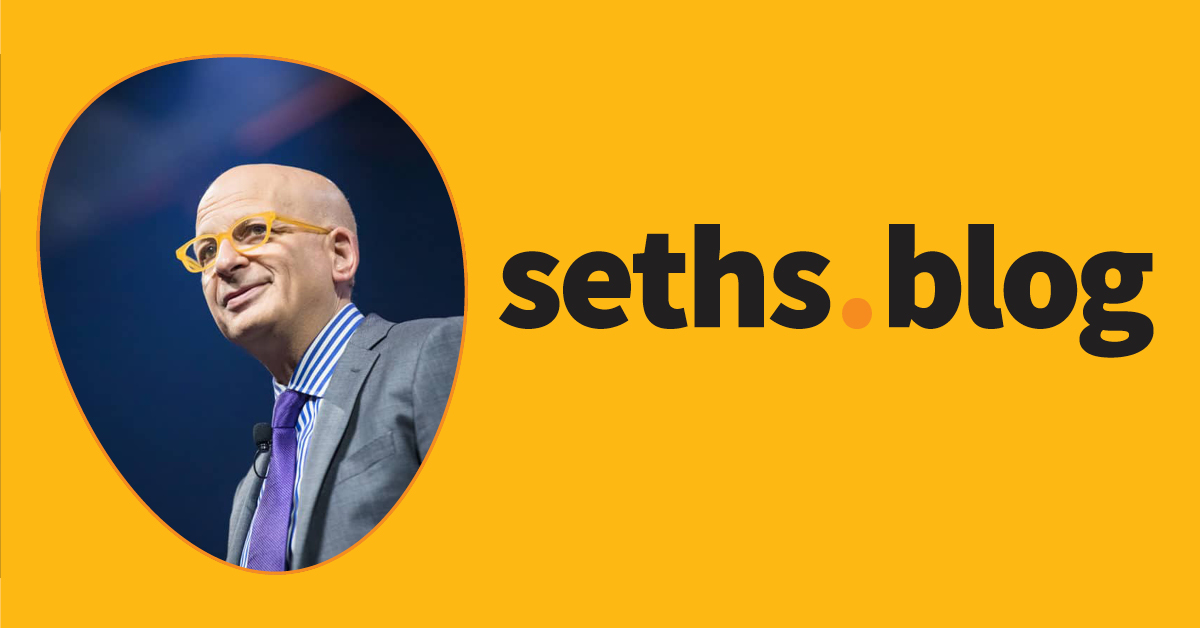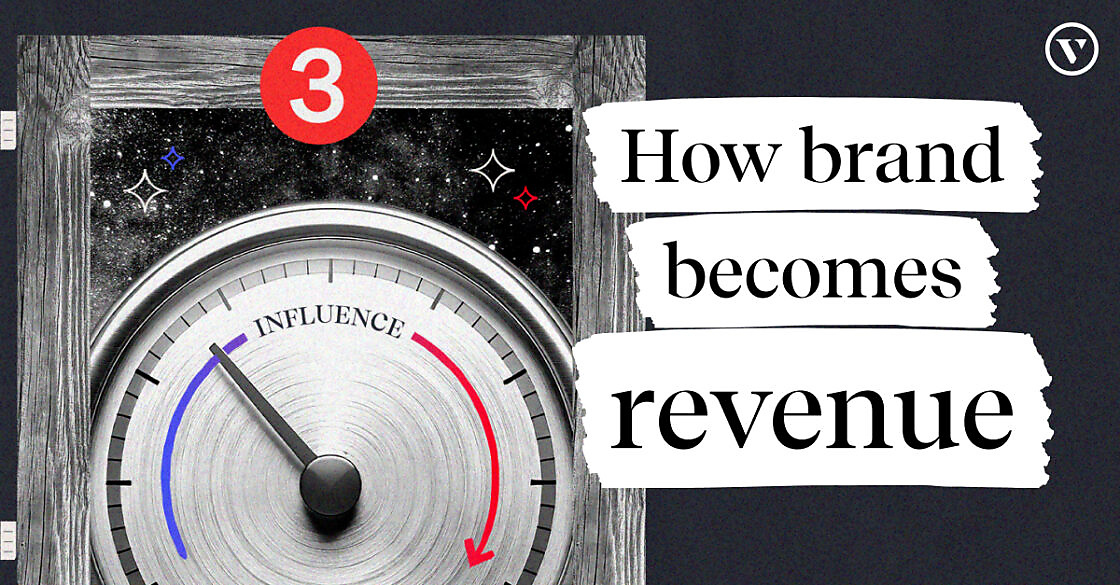How to Build a Sustainable Small Business in 5 Steps

Building a sustainable small business is like entering a new market. It requires careful planning, clear objectives, and a deep understanding of your stakeholders. Sustainability has become a make-or-break factor for businesses of all shapes and sizes. It’s no longer just a trend or an ethical obligation — it’s a strategic imperative that can promote innovation and long-term success.
Creating a sustainable business model is now the price of admission to compete in today’s market. Here’s how to get started:
What we’ll cover:
- Understanding sustainability in business
- Sustainability challenges and solutions for SMBs
- Five key steps to build a sustainable small business
- Ready to build a sustainable business?
Understanding sustainability in business
Sustainability in business refers to how organizations can integrate environmental, social, and economic considerations into business activities and operations. These three pillars form a holistic approach to sustainability that balances the needs of the planet, people, and profit. This allows for sustainability value creation, which generates long-term benefits for a business or organization while simultaneously addressing sustainability challenges. The concept rests on these interconnected pillars:
- Environmental: The environmental pillar focuses on minimizing the negative impact of business activities on the natural world, such as reducing pollution and conserving resources.
- Social: The social pillar emphasizes the importance of fair and ethical treatment of people, including employees, customers, and communities.
- Economic: The economic pillar ensures that the business is financially viable and contributes to the economic wellbeing of its stakeholders.
Start with SMB Basics
Sustainability challenges and solutions for SMBs
For small and medium-sized businesses (SMBs), sustainability transformation can feel daunting. Common hurdles such as limited resources, stakeholder resistance, and navigating complex regulations often stand in the way. However, these challenges are not insurmountable. By leveraging innovative tools and adopting a proactive mindset, SMBs can turn obstacles into opportunities for growth.
Common challenges
The perception of high costs often holds SMBs back from embracing sustainable practices. It’s true that the upfront investment can feel daunting, but the long-term savings are worth it. By focusing on energy-efficient operations or reducing waste, you can cut expenses over time while making a positive impact. Switching to renewable energy or using eco-friendly materials are small steps that can lead to big rewards for both your business and the planet.
Resistance from key contributors—whether it’s your team, collaborators, or even customers—can also slow progress. Sometimes, this comes from not fully understanding how sustainability benefits everyone involved. Taking the time to share your vision, explain the “why,” and involve others in the journey can turn hesitation into enthusiasm and support.
You may not be directly responsible for complex regulations, but the companies you partner with often are — and they need transparency from you. That means having your sustainability data clear, current, organized, and easy to share. It helps you build trust, meet partner expectations, stay competitive, and grow your business with confidence.
Solutions
Leveraging technology is one of the most effective ways to address these challenges. Tools such as Net Zero Cloud enable organizations of all sizes to track, report, and manage their environmental impact with ease. Educating stakeholders through workshops, webinars, and communication campaigns is equally vital to align everyone with the company’s sustainability goals.
And, to help with cost, SMBs can take advantage of grants, tax incentives, and partnerships with sustainability-focused organizations to access additional resources. By addressing these obstacles strategically, SMBs can build a more sustainable business model that is resilient no matter the economy.
Get Net Zero Cloud
Set your sustainability goals and knock them out with Net Zero Cloud.



Five key steps to build a sustainable small business
1. Set your sustainability goals
Clear, measurable goals are the foundation of any sustainability strategy. Start by assessing your current state and identifying areas for improvement. Goals should be SMART (specific, measurable, achievable, relevant, and time-bound). Examples include:
- Reducing carbon emissions by 20% within five years.
- Transitioning to 100% renewable energy by 2030.
- Increasing supplier engagement in sustainability programs by 50% over the next three years.
Once goals are set, communicate them effectively. Engage your team, suppliers, and customers in the journey to create shared accountability. Regularly review and update goals to stay responsive to market changes and new opportunities.
2. Conduct a sustainability audit
A sustainability audit evaluates your business’s environmental, social, and economic impact. This assessment identifies areas for improvement and informs actionable strategies. Net Zero Cloud and similar platforms simplify audits by centralizing data collection and analysis.
Four steps to conduct an audit
- Define the scope: Assess areas such as energy use, waste management, supply chain practices, and employee engagement. Expanding the audit to include supplier contributions to carbon emissions — using methodologies like those outlined in Salesforce’s Supplier-Specific Emissions Framework — can provide deeper insights.
- Collect data: Use surveys, interviews, and tools to gather performance metrics. Leverage platforms like the CDP Supply Chain to integrate high-quality, supplier-provided data into your assessments. This method allows businesses to shift from spend-based models to more accurate, emissions-specific data.
- Analyze findings: Identify trends, gaps, and opportunities for improvement. For example, Salesforce’s integration of hybrid methodologies for scope 3 emissions serves as a case study in refining audit processes to achieve higher accuracy.
- Implement recommendations: Align with business goals and monitor progress regularly. Recommendations may include investing in renewable energy, refining waste management strategies, or re-evaluating supplier partnerships.
3. Implement sustainable practices (with these tips)
Integrating sustainability into operations requires a strategy that addresses the environmental, social, and economic pillars we discussed. Businesses can start by focusing on reducing their environmental footprint.
This involves transitioning to energy-efficient equipment and adopting renewable energy solutions.Energy innovation plays a critical role in minimizing environmental impact, and Salesforce tracks and manages progress effectively.
Waste reduction is another key area, achieved through recycling initiatives and sustainable packaging practices. Companies can look to Salesforce’s data-driven approach, which tracks waste reduction metrics alongside energy consumption. Responsible sourcing also contributes significantly to sustainability, as businesses partner with eco-conscious suppliers to reduce their overall environmental impact.
From an economic perspective, optimizing resource use reduces costs and enhances operational efficiency. Offering sustainable products and services creates new revenue streams, attracting eco-conscious customers. For instance, digitizing processes that used to rely on paper can align your economic goals with your environmental priorities.
Technology plays a pivotal role in implementing sustainable practices. Net Zero Cloud helps companies manage sustainability data and initiatives. Agentforce, the agentic layer of the Salesforce Platform, can empower sustainability professionals to be more efficient, produce more accurate and comprehensive reports, and improve data management processes and outcomes. It’s important to also make sure you’re choosing solutions that prioritize sustainability. .
By addressing these environmental, social, and economic aspects collectively, companies can create a resilient foundation for sustainability that benefits all stakeholders.

4. Engage stakeholders
Stakeholder engagement ensures buy-in for sustainability initiatives. Here’s how to involve key groups:
- Customers: Communicate sustainability efforts transparently through product packaging, websites, and campaigns. Highlight achievements and goals to build loyalty. Showcase the role of sustainability software tools like Salesforce in reducing environmental footprints.
- Employees: Encourage contributions to sustainability goals and provide training on eco-friendly practices. Salesforce’s internal initiatives to align employee practices with sustainability objectives can serve as a blueprint for other organizations.
- Suppliers: Collaborate with vendors committed to sustainability. For instance, Salesforce’s Supplier Net Zero Toolkit empowers partners to adopt greener practices. By embedding sustainability clauses into contracts, businesses can ensure long-term alignment with their values.
5. Measure and report progress
Tracking progress against sustainability goals ensures accountability and continuous improvement. Establish key performance indicators (KPIs) such as energy consumption, carbon emissions, and waste reduction. Here’s what you can measure:
Environmental metrics
- Energy consumption: Track the amount of electricity, gas, and other energy sources used.
- Water usage: Monitor water consumption to identify areas for conservation.
- Waste generation: Measure the amount of waste produced and the percentage that is recycled or composted.
- Carbon footprint: Calculate the total greenhouse gas emissions from business operations.
- Resource efficiency: Assess how efficiently materials are used in production and operations.
- Sustainable procurement: Track the percentage of supplies and materials sourced from sustainable or eco-friendly suppliers.
- Transportation emissions: Monitor emissions from company vehicles or employee commuting.
Social metrics
- Employee satisfaction: Use surveys to gauge employee happiness and well-being.
- Community engagement: Measure the number and impact of community service activities or partnerships.
- Customer satisfaction: Use feedback to understand how well the business meets customer needs and expectations.
- Health and safety: Monitor workplace accidents and illnesses, and track compliance with safety regulations.
- Connection and inclusion: Track the culture of the workforce and the inclusivity of company policies.
- Ethical practices: Track adherence to ethical business practices, such as fair labor conditions and anti-corruption policies.
Economic metrics
- Financial performance: Monitor revenue, profit margins, and overall financial health.
- Cost savings: Track savings from sustainable practices, such as energy efficiency and waste reduction.
- Return on investment (ROI): Measure the financial return on sustainability investments.
- Customer retention: Track how well the business retains customers, which can be influenced by sustainable practices.
- Supplier performance: Evaluate the financial and ethical performance of suppliers.
- Risk management: Assess and track risks related to sustainability, such as regulatory changes or supply chain disruptions.
Why it matters
Regular updates build trust with stakeholders and showcase commitment. Salesforce’s public reporting on its emissions reduction — including its success in meeting its 50% Science Based Target nine years ahead of schedule — illustrates the importance of visibility.
Analysis of trends and performance informs future strategies. Net Zero Cloud provides real-time insights to refine sustainability efforts. And, publicly sharing sustainability achievements can attract eco-conscious customers and partners.
Just get started.
No matter where you are on your journey as a small business owner, you can get started with Starter Suite — the all-in-one AI CRM your SMB needs.

Ready to build a sustainable business?
What’s better for Earth, is better for business. By implementing these sustainability practices into your operations, you can reduce environmental impacts, promote social progress, and achieve economic growth. And, at Salesforce, we love to watch businesses grow.
Now is the time to take action. Whether it’s implementing a sustainability audit, setting clear objectives, or engaging your stakeholders, every step you take contributes to building a more sustainable future. And we are happy to have the tools to help you.
Start your journey with Starter Suite today. Looking for more customization? Explore Pro Suite. Already a Salesforce customer? Activate Foundations and try out Agentforce today.
AI supported the writers and editors of this article.
What's Your Reaction?
 Like
0
Like
0
 Dislike
0
Dislike
0
 Love
0
Love
0
 Funny
0
Funny
0
 Angry
0
Angry
0
 Sad
0
Sad
0
 Wow
0
Wow
0






































